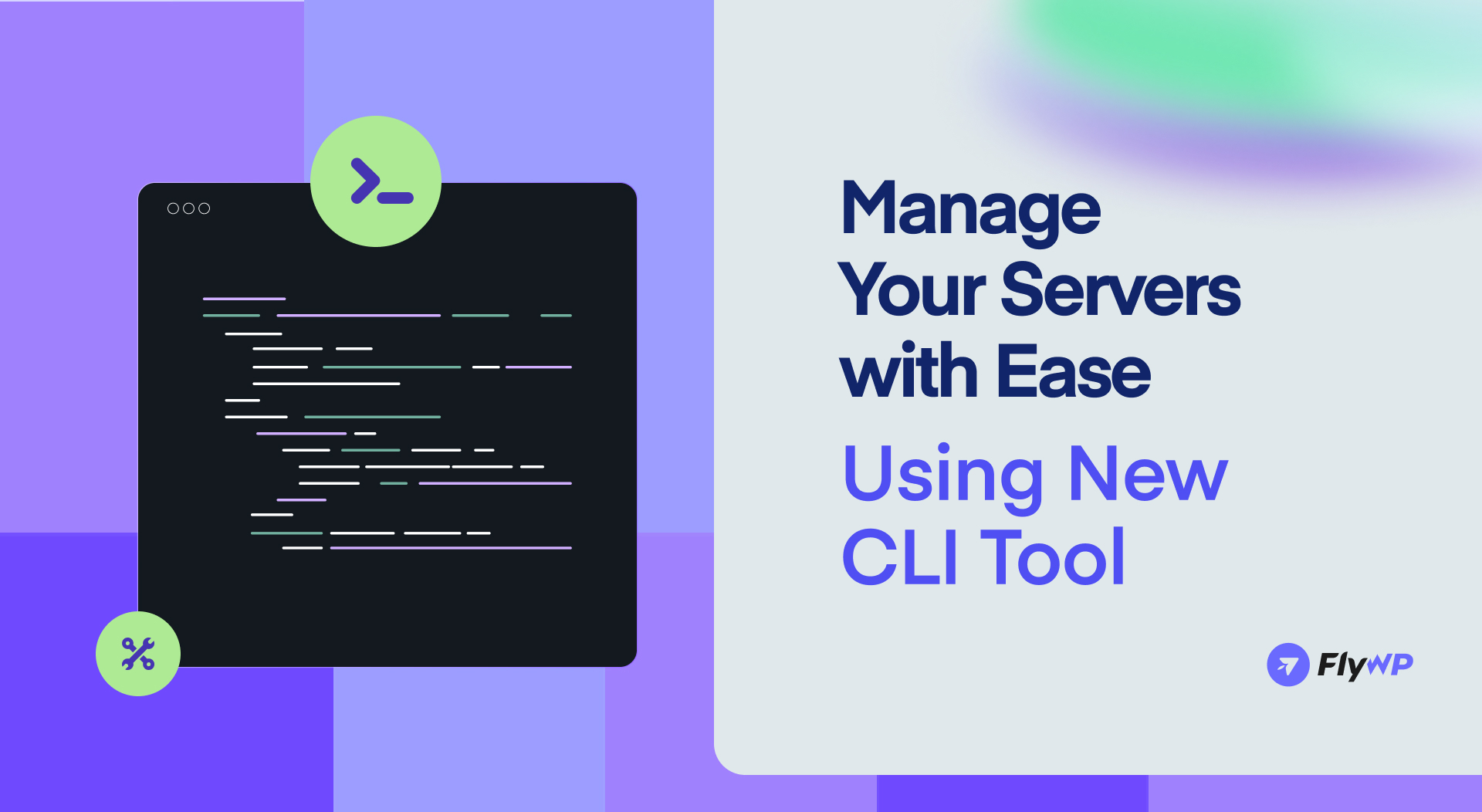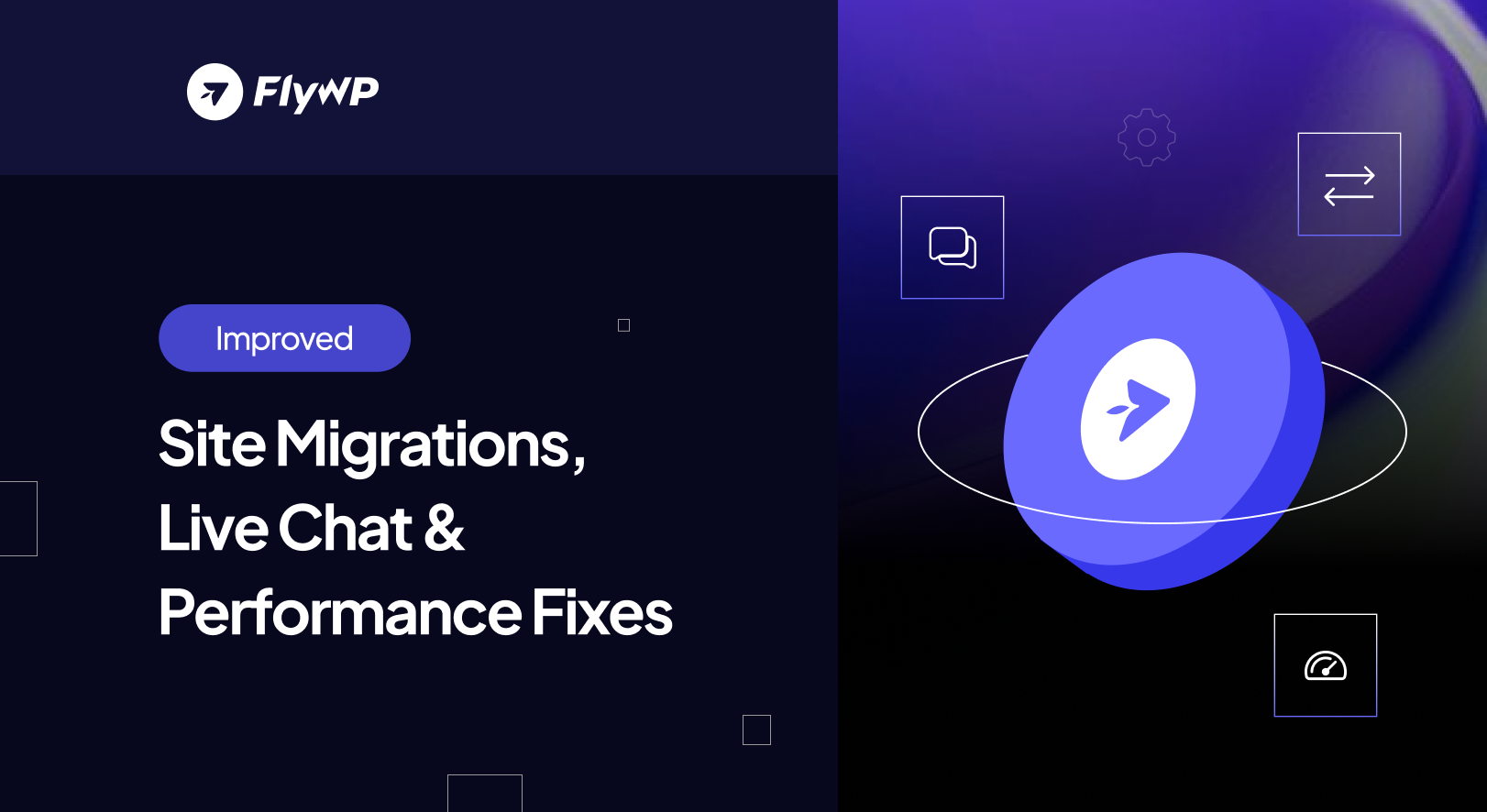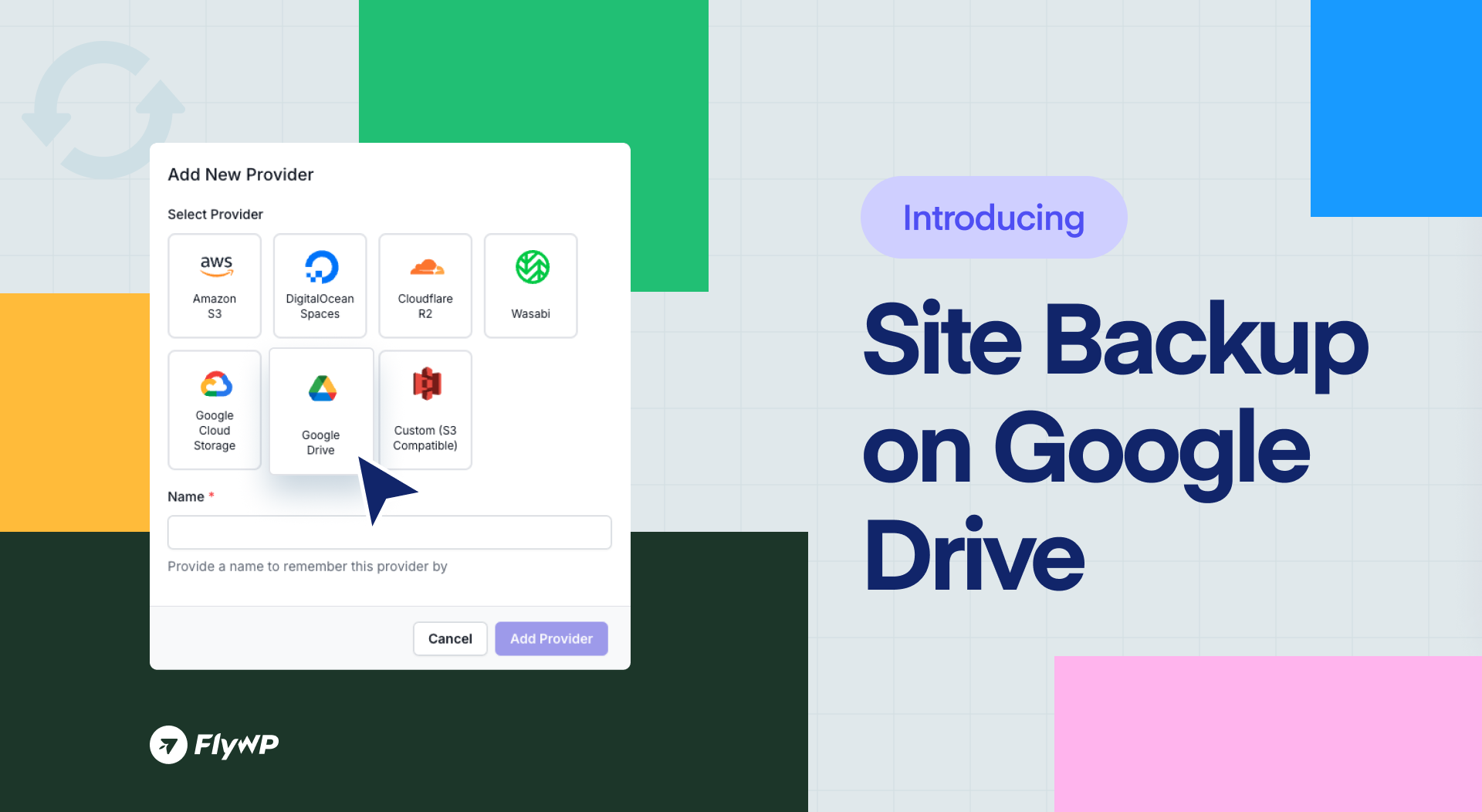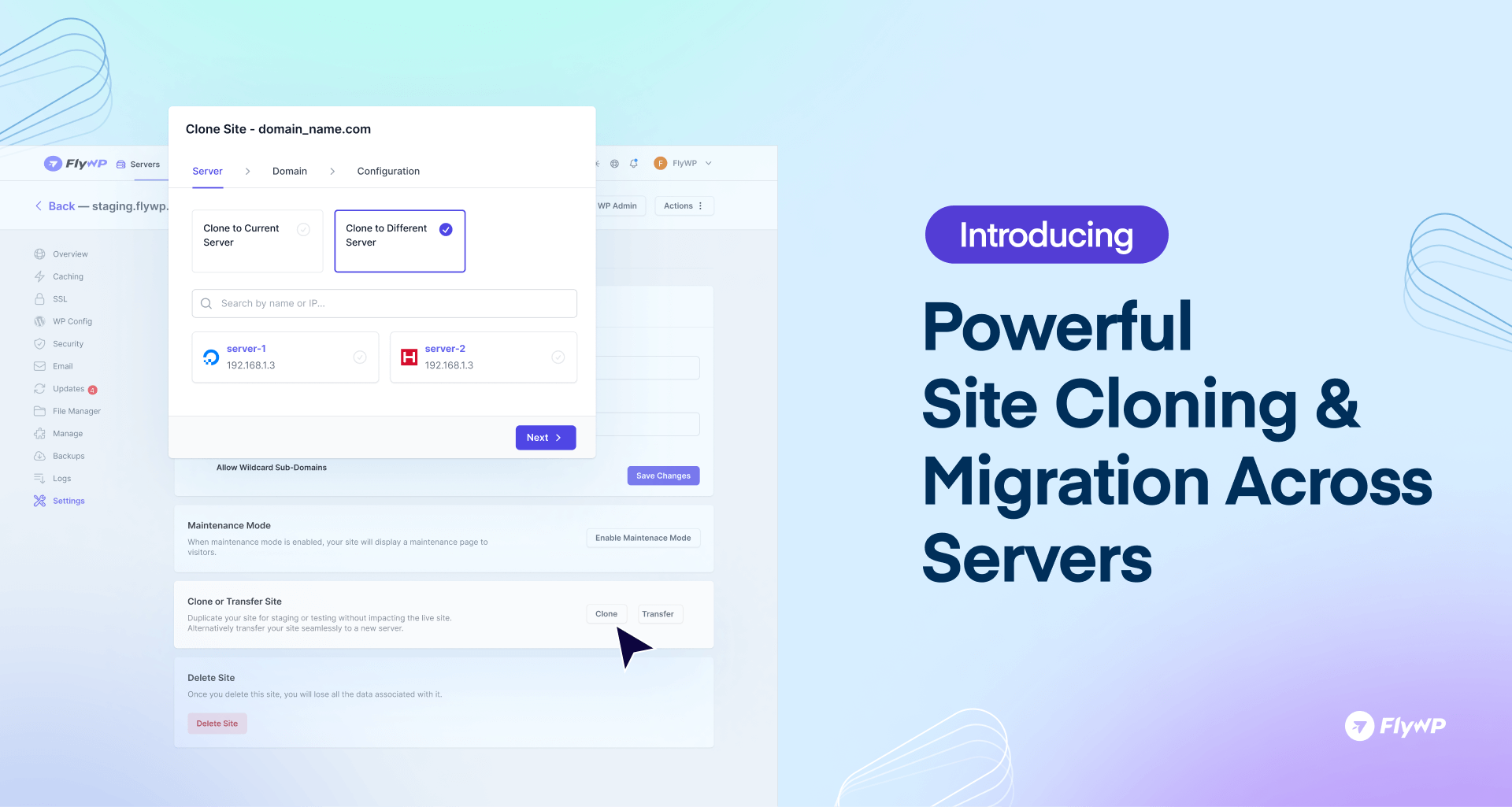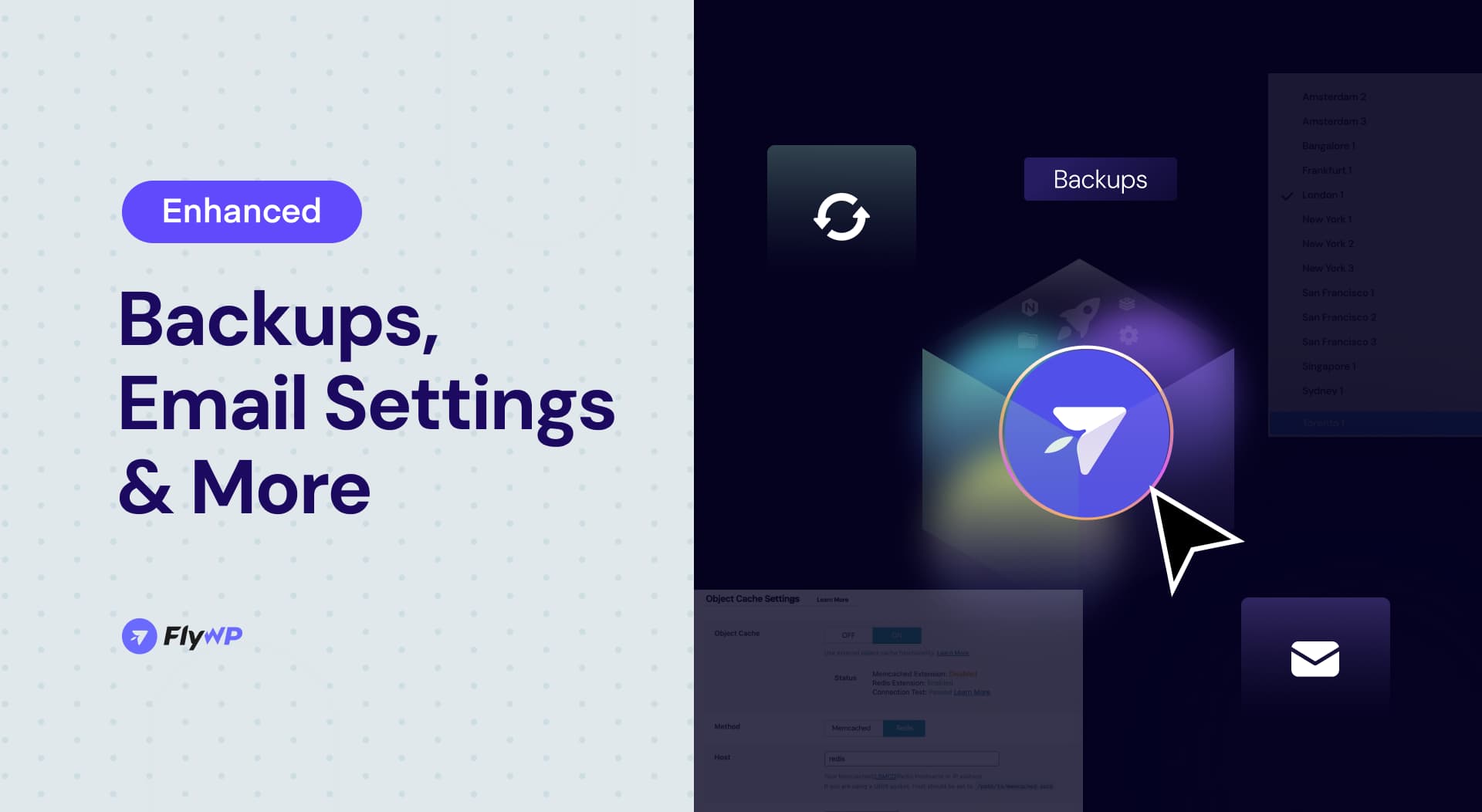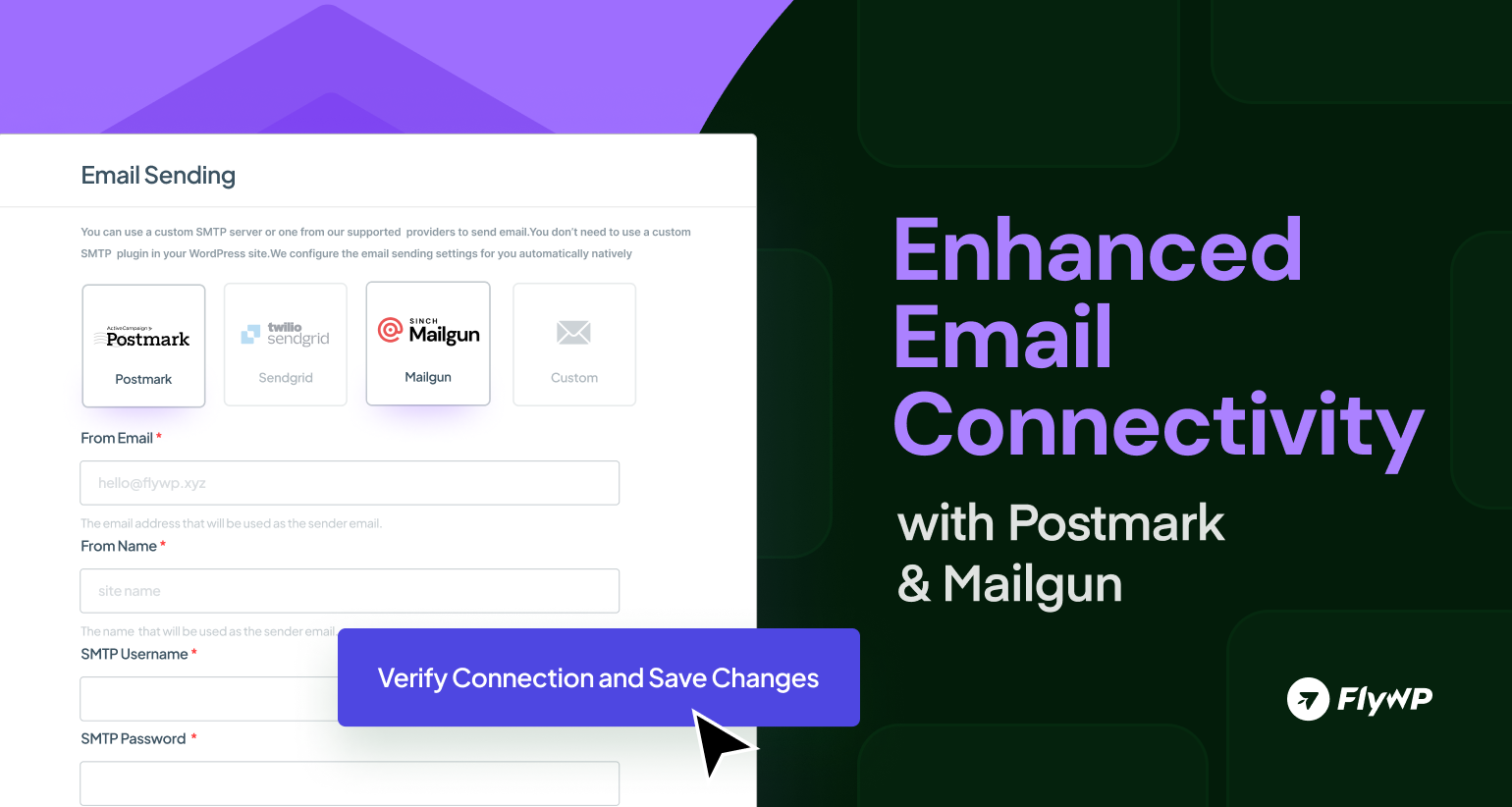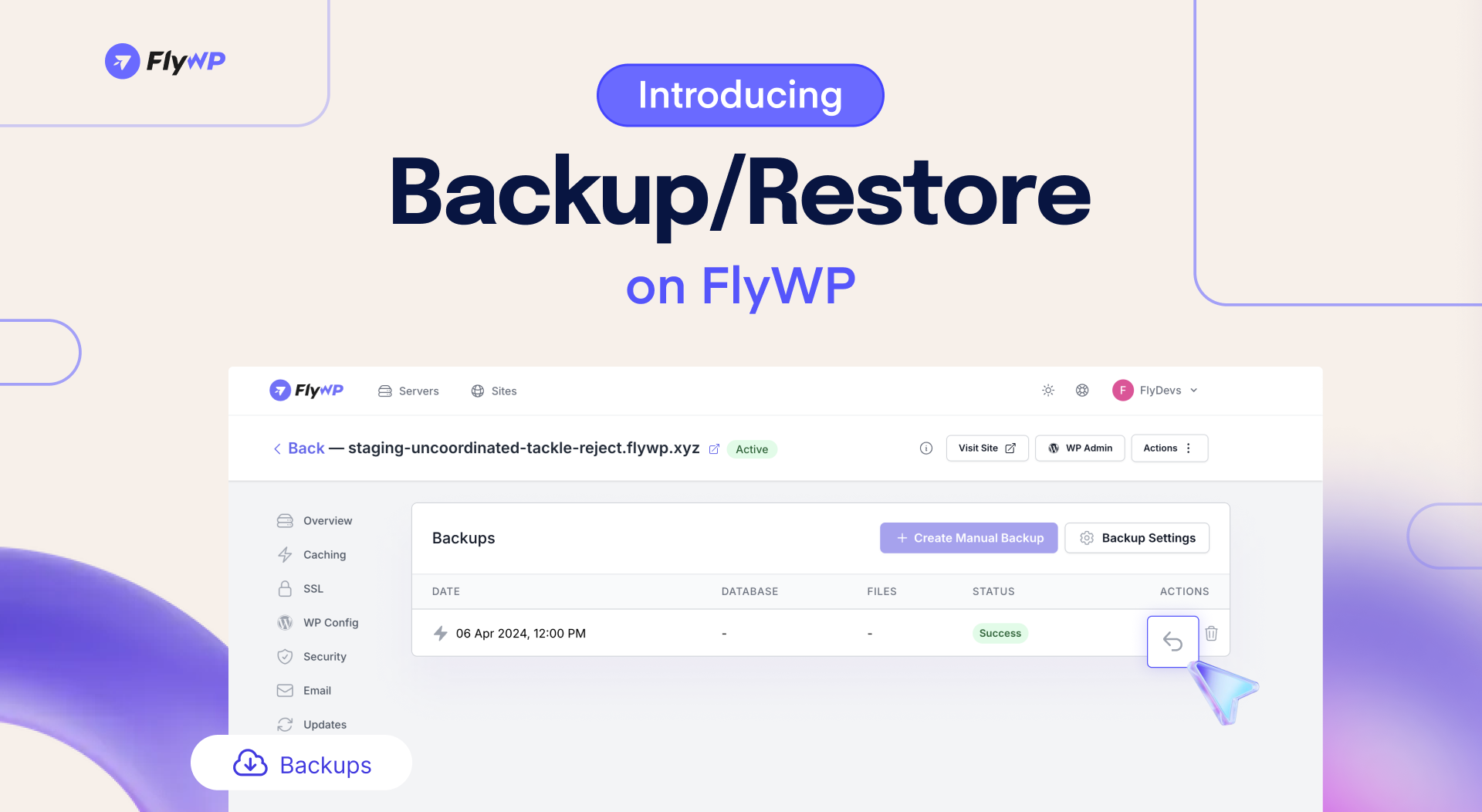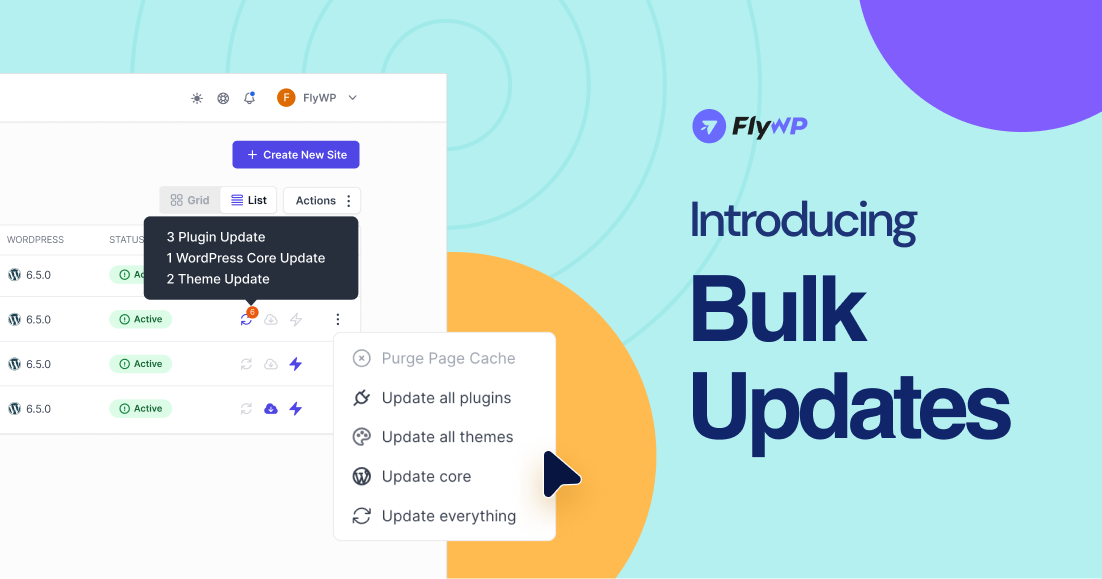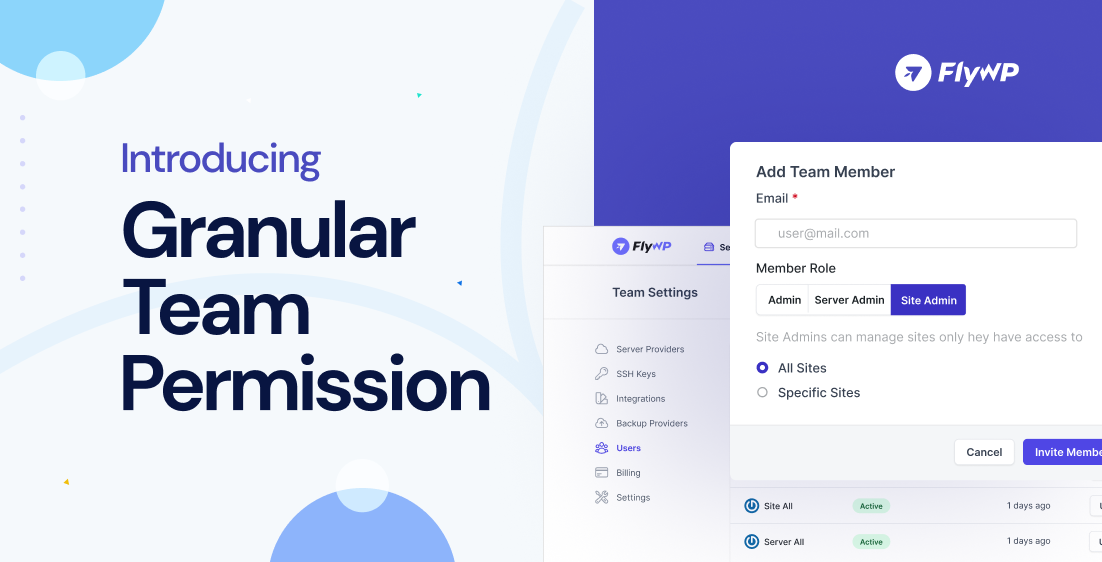Managing WordPress servers just got easier with FlyWP. The new FlyWP Server CLI is a powerful command-line tool is here to help you manage, troubleshoot, and automate your WordPress sites without needing deep Docker expertise.
Improved Live Chat, Site Migrations and Performance Upgrades
To offer you a more personalized and seamless support experience, we’ve introduced an enhanced Live Chat feature. Our team is available around the clock, ready to assist you whenever you need us. Count on our dedicated support to be there for you at any time.
Introducing Site Backup on Google Drive
We’ve rolled out new features, improvements, and fixes to upscale your experience with FlyWP. Let’s dive into all these.
Introducing Cloning/Transfer Across Servers, PHP 8.3, Better SSL Renewals
We are thrilled to announce a series of powerful updates and enhancements to the FlyWP platform. These updates simplify your workflow, optimize server performance, and provide even better compatibility with WordPress tools.
Enhanced Backups, Email Settings, and More on FlyWP
As we step into 2025, we’re happy to introduce many new enhancements and fixes to take your FlyWP experience to the next level. We’ve made things smoother and better for an exciting year ahead. Let’s check out the all updates!
Enhanced Email Connectivity with Postmark and Mailgun
Email communication is vital for modern web platforms, ensuring seamless interaction with your audience. Recently, a challenge arose with Postmark and Mailgun settings, where verification and configuration changes weren’t saving. This caused disruptions for administrators relying on these services. We’re thrilled to share that the issue has been resolved. In this changelog, we’ll explore the problem, the fix, and what it means for your WordPress site.
Introducing Affiliate Program on FlyWP
Welcome to our brand new Affiliate Program on FlyWP that’s been launched! Through this module, you got the opportunity to earn generous commissions by promoting FlyWP – an industry-leading WordPress server management solution. We offer you all the tools and resources to succeed with your affiliate journey. You can earn a flat 20% commission for every qualified sale that’s been made with your referral.
Let’s go through the program in a nutshell.
Redis Credentials Access and Powerful Enhancements
In response to our users’ feedback, we have released the Redis Credentials on your FlyWP dashboard. Previously, only database credentials were available, but with this update, our end-users have full access to Redis credentials, unlocking a new level of customization and control over the WordPress caching systems. Explore in detail what comes more with this release.
Discover Intelligent Backup/Restore Feature on FlyWP
Introducing the powerful Restore feature on FlyWP, making the full recovery of your WordPress website easier than ever. Nothing to fear about unexpected errors on your site. It’s super easy to roll back to a previous state.
Introducing Bulk Updates feature on FlyWP
Following our roadmap, we’re excited to roll out our latest feature—the Centralized Updates feature on FlyWP. This powerful tool streamlines your multi-website management by allowing you to view and apply updates across all your sites from one place. You don’t need to go to each website’s settings anymore to check what’s not updated, everything you will get in the same interface.
Introducing OpenLiteSpeed on FlyWP!
Due to overwhelming demand from our FlyWP community, we prioritized the integration of OpenLiteSpeed (OLS) to make sure FlyWP remains as your best choice to host WordPress sites on reliable cloud servers effortlessly. We recognize the critical importance of site speed, performance and overwhelming demand of FlyWP. Our team worked tirelessly to ensure a seamless integration of OLS, providing a robust and flexible server management experience without technical complexities.
Today, we’re proud to introduce LiteSpeed (OpenLiteSpeed) support on FlyWP
